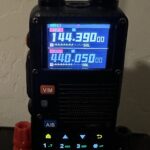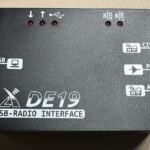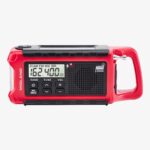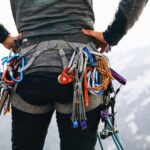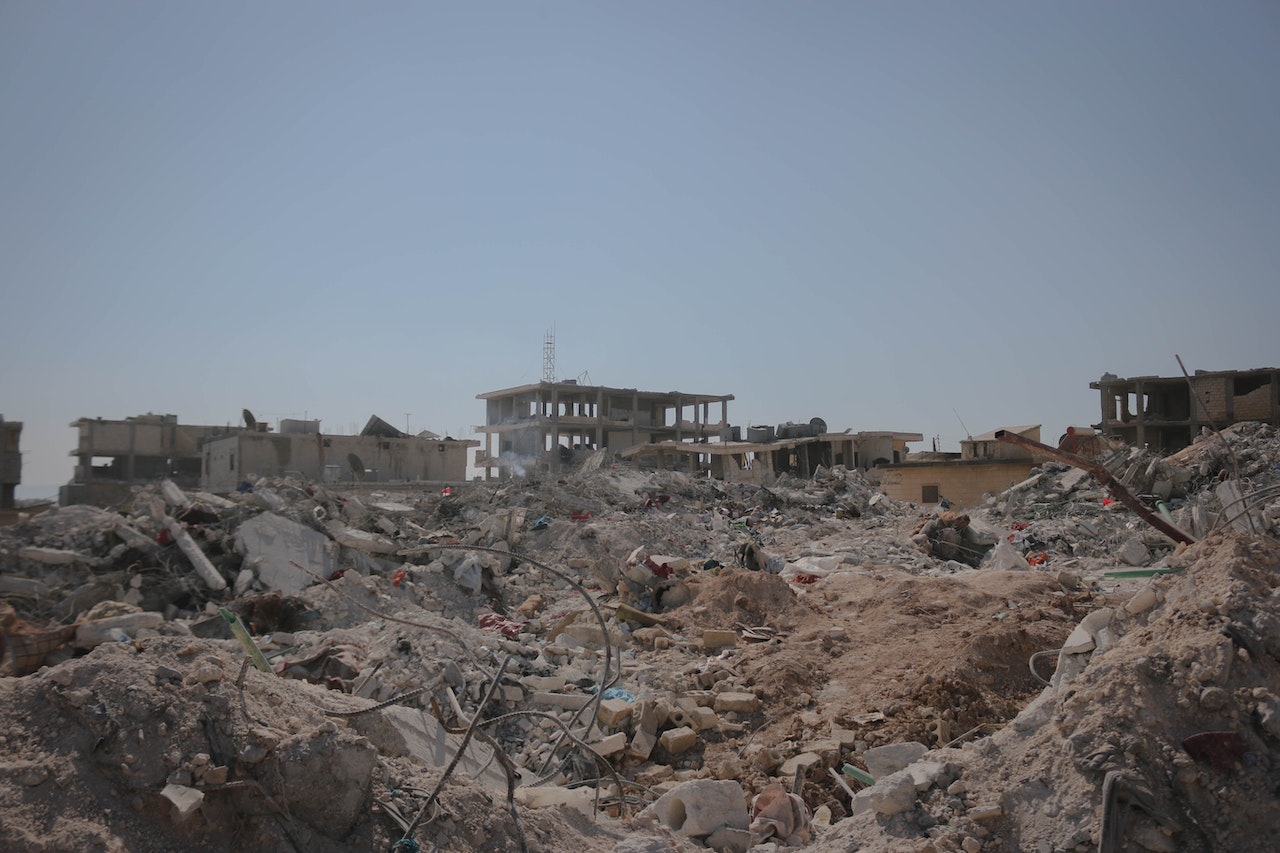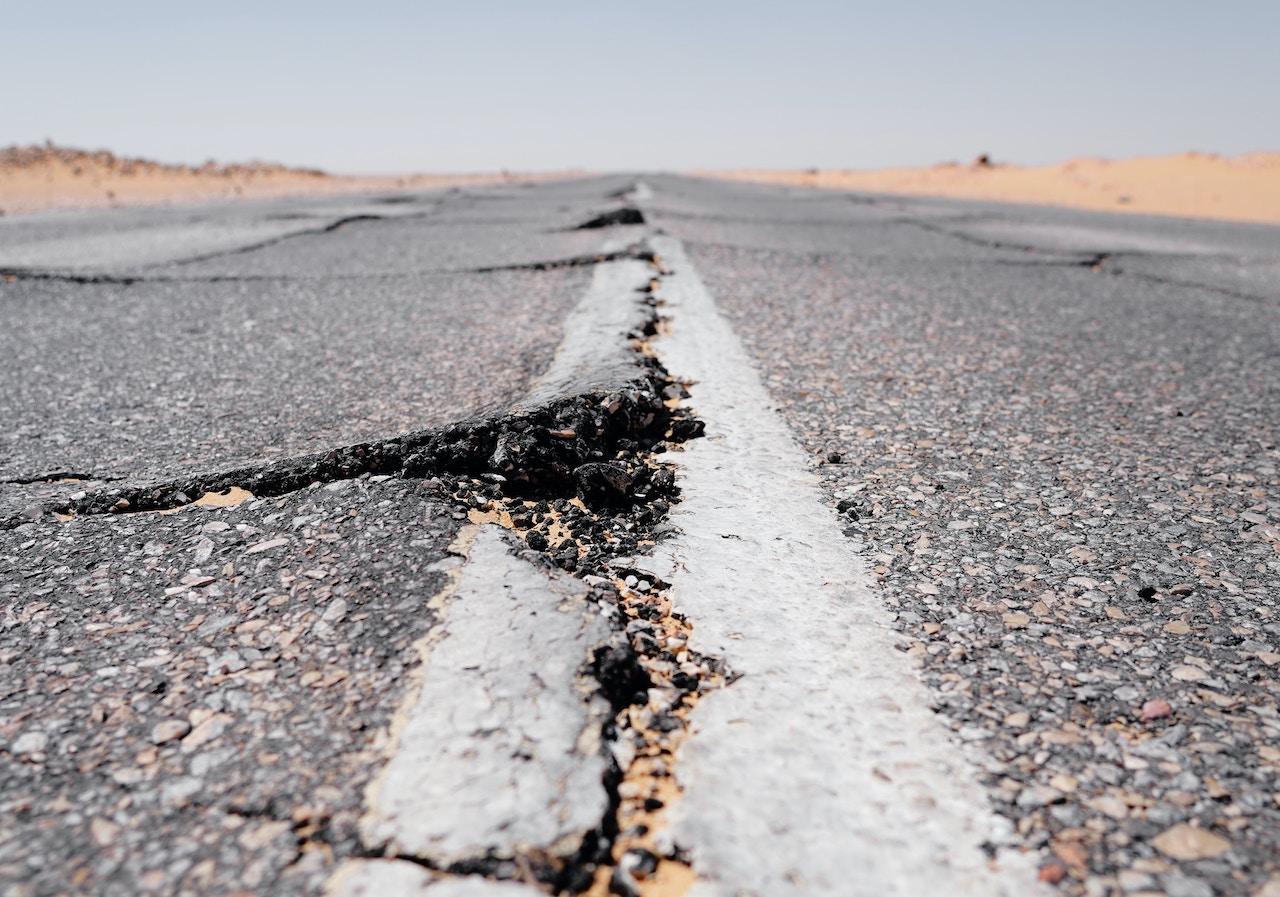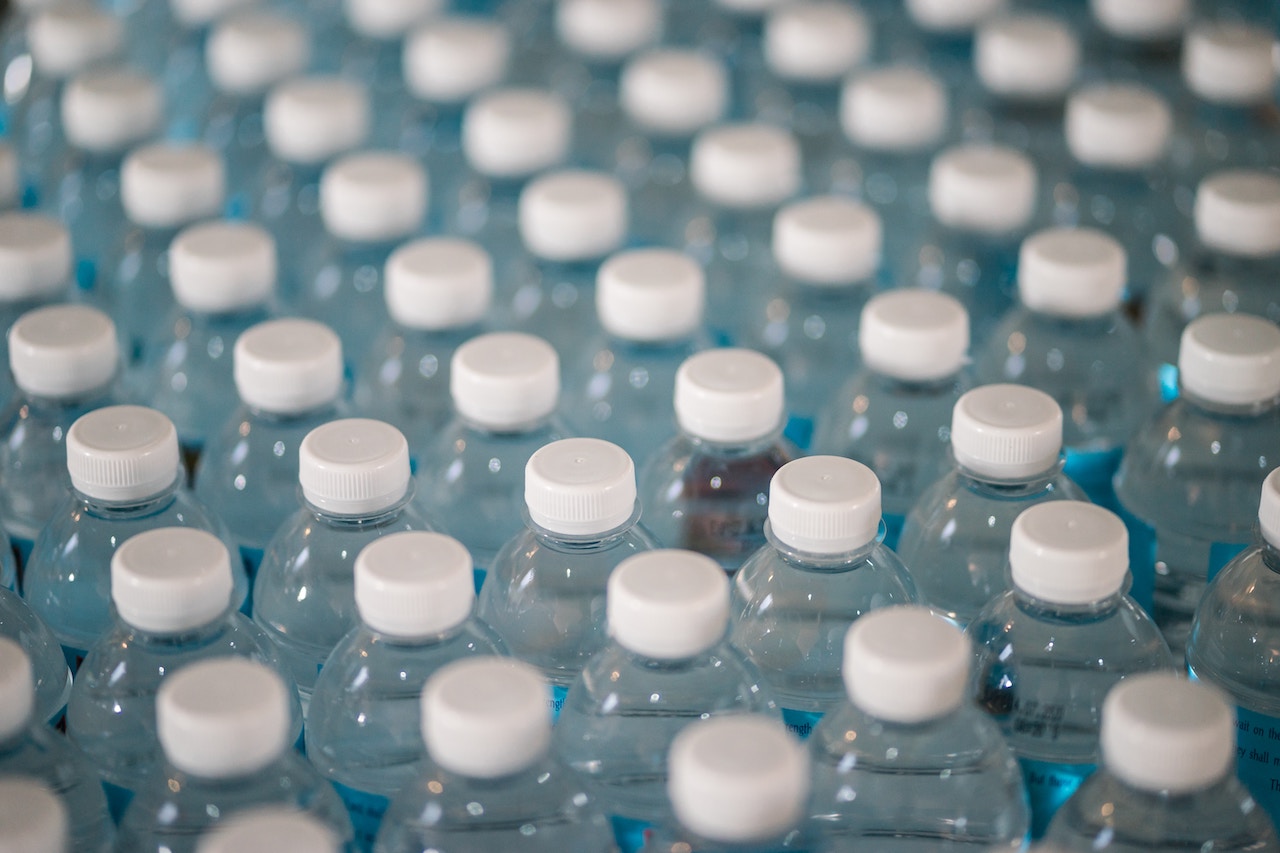Remember there may be aftershocks that may not be as strong as the initial major quake, or it can be stronger. But after the aftershocks are significantly smaller in magnitude than the major quake, then you need to assess the situation.
| At home | Not at home |
|---|---|
| Is it safe to stay there? Is anyone injured? | Is it safe to stay there? Is anyone injured? |
| Turn off gas, water, and power, and contact family members not at home | Contact your family via text or radio and keep it short, and verify safety at home |
| If it is not safe to stay home, get out immediately | If it is not safe to stay, get out immediately |
| If it is safe, get to your bug in kit, retrieve your plan, and write a sitrep | If it is safe, grab your Get Home or Go bag, retrieve your plan, and write a sitrep |
| Execute your plan, and focus on action items to be completed in your sitrep | Execute your plan, and focus on action items to be completed. Heading home if it is safe to do so |
Remember, in many cases, there will be no running water, power, utilities (like cell service and internet), so you will have to live on what you have until power and running water is restored. Things may all be resolved in a matter of minutes or hours, or it may take days. If anyone is injured, calling 911 may not be an option right away. This is where first aid training and continual practice is crucial. You will be cooking either on a grill, open fire, or on some other method to at least boil water to put into the pouch of camping food.
In the event you need to leave your home, identify the location that will be safe before heading out. Make sure everyone knows the location, and if separated, that is where everyone will meet. Bring your Bug Out bag to get to the destination to survive and complete another sitrep when you arrive at your destination. Assign chores to get the action items completed. Listen to your radio to see if it is safe to go home, and only then, head back home to assess damages.

